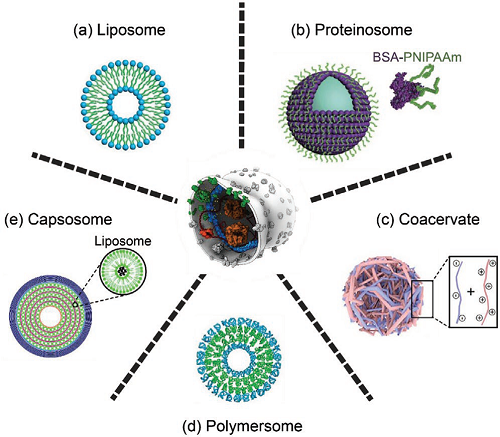Artificial systems imitate how cells move and communicate
A review published in the scientific journal Small elegantly summarises the most important cellular biomimicry research of the past few years on synthetic soft-architectures, with a view to inspiring future developments in the field.
Samuel Sánchez, Group Leader at the Institute for Bioengineering of Catalonia (IBEC) co-authored this piece, alongside world-renowned experts in bioengineering and cell synthesis.



 IBEC’s
IBEC’s